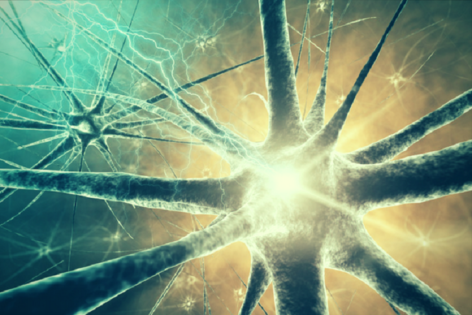
Motor Neurone Disease Stem Cell Treatment
21/02/2018


MND can affect how you walk, talk, eat, drink and breathe

Symptoms progress at varying speeds, which makes the course of the disease difficult to predict

MND affects up to 5,000 adults in the UK at any one time

MND affects most people between the ages of 50 and 70

Research into stem cell therapy is at an early stage - however, its use for ALS may eventually be possible.
MND is life-shortening and there is no cure. Although the disease will progress, symptoms can be managed to help achieve the best possible quality of life.
MND affects up to 5,000 adults in the UK at any one time with, on average, six people per day diagnosed with MND in the UK. *
MND can affect any adult at any age but most people diagnosed with the disease are over the age of 40, with the highest incidence occurring between the ages of 50 and 70 and a third of people die within a year and more than half within two years of diagnosis.
However the Motor Neuron Disease Association has indicated their belief in the positive potential that stem cells may hold for future therapy, however they recognise that research into stem cell therapy is at an extremely early stage.
One area that is being explored relates to the difficulty in obtaining human motor neurones for study or to grow motor neurones from animal models of MND. Scientists are now learning how to encourage stem cells to develop into living motor neurones in the laboratory, providing a unique resource for MND research.
An example of this kind of work is taking place at King’s College London’s Institute of Psychiatry, which was part of an international research team including the University of Edinburgh’s Euan MacDonald Centre for Motor Neurone Disease Research, Colombia University, New York and the University of California, San Francisco.
Professor Chris Shaw from King’s commented that: ‘This is a hugely exciting development. We can use these cells to identify fundamental disease mechanisms and start the search for drugs that can reverse the disease process.’
Whilst Dr Brian Dickie, Director of Research and Development for the MND Association said: ‘This advance is a significant milestone on the road to developing a laboratory model of MND that faithfully reflects the cellular events happening in the patient.
‘It is also a testament to the importance of international collaboration, with eminent scientists from leading institutions around the world focused on the common goal of understanding and, ultimately, defeating this devastating disease.’
If you want more information on how you could bank your children’s baby teeth for potential future therapeutic use, have a chat to one of our team or download our guide to stem cell banking.
To keep up to date with the latest developments in stem cell therapy and the treatment of heart disease, make sure to check back regularly to our blog.

21/02/2018

25/10/2017